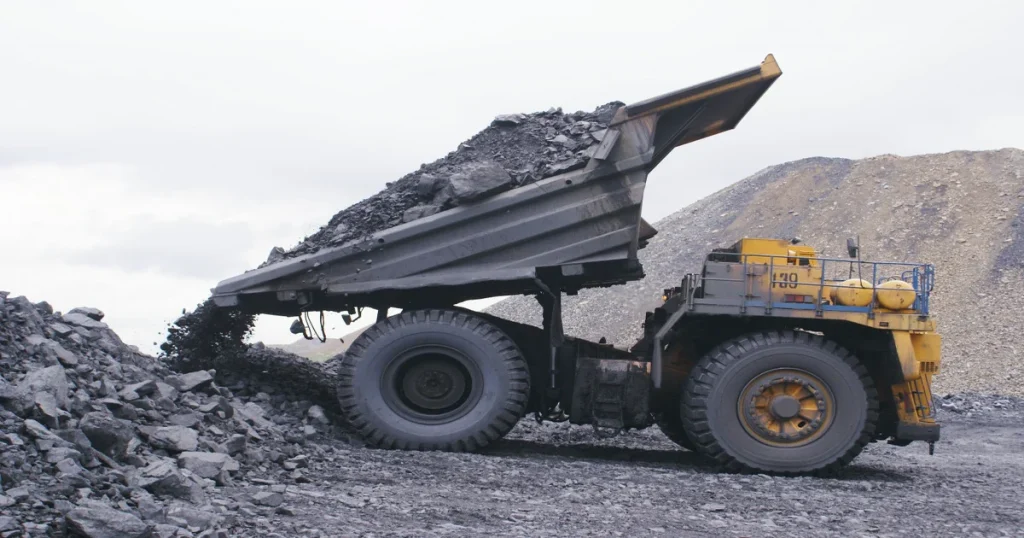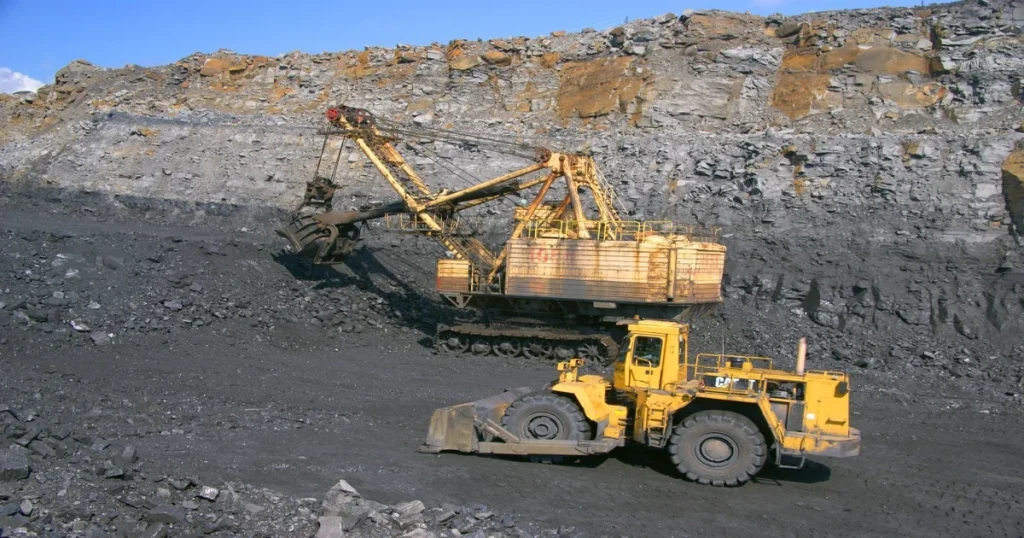Prescott’s rich tapestry of history is deeply interwoven with its mining endeavors. The oscillating fortunes of mining have left an indelible mark on its landscape and the lives of its residents.
This article delves deep into the intricacies of mining-related job creation and loss in Prescott, tracing its evolution, understanding its multifaceted impact, and gleaning insights into its future trajectory.

Historical Evolution of Mining in Prescott
Nestled amid Arizona’s mountainous terrains, Prescott’s mining legacy dates back to the mid-19th century. The region became synonymous with opportunity, attracting pioneers in search of mineral fortunes. As Prescott’s mining community blossomed, so did its intricacies, and with them came an inevitable evolution of its workforce.
The initial discoveries sparked a rush. The town saw a flurry of activity as prospectors flocked, hoping to unearth precious minerals like gold and copper. This phase, often termed the “golden years,” signified peak production periods, transforming Prescott from a modest settlement to a bustling mining hub.
However, as with all industries, technological advancements played a pivotal role in shaping mining operations. Introduction of new machinery and techniques not only amplified production capacities but also brought about shifts in job roles and requirements.
Job Creation in Prescott’s Mining Sector
The boom periods of Prescott’s mining were not mere coincidences. A confluence of factors, including rising global demand for minerals and technological innovations, bolstered job growth. When global industries expanded, the demand for metals surged. Prescott, with its rich mineral reserves, benefitted immensely from these global market dynamics.
Technological innovations further fueled this growth. As new equipment and techniques were introduced, miners could extract more, faster. This led to an increase in both direct mining jobs and those in supporting roles.
However, it wasn’t just the mines that flourished. The economic multiplier effect spurred job creation in peripheral sectors too. For instance:
- Local businesses saw heightened activity as they catered to the influx of miners and their families.
- Housing, transportation, and other service sectors experienced a surge, creating myriad job opportunities.
Job Loss Factors in Prescott’s Mining
While the boom periods were characterized by prosperity, they were punctuated with phases of decline. Natural depletion of mineral reserves posed the primary challenge. As mines ran dry, operations scaled down, leading to job losses.
External factors, such as fluctuating global market prices, also played a role. When mineral prices plummeted, mining became less profitable, resulting in layoffs and mine closures. The global commodity market often dictated the fate of many Prescott miners.

Then, there were the regulatory and environmental challenges. As awareness about environmental sustainability grew, mining activities came under scrutiny. Stricter regulations meant increased operational costs, often making mining unviable. On the other hand, public sentiment swayed towards environmental conservation, with activists highlighting the adverse impacts of unchecked mining.
Moreover, the shadow of technological automation loomed large. As machines replaced manual jobs, many found themselves rendered redundant. Economic recessions further exacerbated the situation, constricting job opportunities and pushing many to seek livelihoods beyond mining.
Social Implications of Mining Job Fluctuations
The ripple effects of these job fluctuations were felt deeply within the community. During the boom periods, Prescott experienced the ‘boomtown’ phenomenon. Rapid growth often led to infrastructure strains, overcrowded settlements, and social challenges.
Conversely, during downturns, the once-vibrant mining towns faced desolation. Local communities grappled with the void left by closing mines, leading to socio-economic challenges. The lack of alternate job opportunities often compelled miners and their families to migrate, seeking greener pastures.
Adaptation and Transition in Prescott
Despite the challenges, Prescott demonstrated resilience. The local government and community leaders spearheaded efforts to diversify the economy, identifying sectors like tourism and service industries as potential growth areas. Simultaneously, various upskilling and reskilling initiatives were introduced to aid miners in transitioning to new roles.
One particularly commendable effort was the rehabilitation of old mining sites. Rather than letting them lie derelict, many were transformed into tourist attractions or green spaces, fostering community bonding and generating alternative revenue streams.
Comparative Analysis with Other Mining Towns
Prescott’s mining journey, with its ebbs and flows, draws parallels to many other mining towns across the globe. Take Butte in Montana or Broken Hill in Australia, for instance. These towns, like Prescott, witnessed periods of explosive growth, driven by rich mineral deposits and global demand.
But they too faced challenges: depleting reserves, environmental concerns, fluctuating market prices, and the social repercussions of both job booms and losses. By studying their adaptive measures, strategies for economic diversification, and community engagement, Prescott can glean valuable lessons, ensuring a prosperous and sustainable future for its residents.
The Future of Mining Jobs in Prescott
As global paradigms shift towards sustainability, the mining sector’s future remains uncertain. However, there’s potential for Prescott to explore sustainable mining, harmonizing economic pursuits with environmental concerns.

Forecasting job trends requires a multi-pronged approach, factoring in global demand-supply dynamics, technological advancements, and local factors. While traditional mining jobs might diminish, new roles centered around sustainable practices and technologies might emerge.
Frequently Asked Questions:
In this section, we will be delving into some of the most common inquiries and curiosities that surround our topic.
What triggered the earliest job booms in Prescott’s mining?
The initial discoveries of precious minerals like gold and copper, coupled with rising global demand, triggered the job booms.
How has technology both created and taken away mining jobs?
Technological advancements enhanced mining efficiency, creating jobs initially. However, as automation advanced, many manual roles became redundant.
What are the key challenges faced by Prescott’s mining community today?
Depleting mineral reserves, stricter regulations, fluctuating market prices, and automation are among the primary challenges.
Are there any efforts to revive the mining sector in Prescott?
Yes, efforts are geared towards sustainable mining and repurposing old mining sites for tourism and other activities.
How can displaced workers find new opportunities in Prescott?
Upskilling initiatives, economic diversification, and transitioning to sectors like tourism offer new opportunities.
Summary
Prescott’s mining story is one of peaks and troughs, of booms and busts. Yet, it remains an intrinsic part of its identity.
By understanding its past, navigating its present challenges, and preparing for the future, Prescott can ensure a harmonious blend of economic progress and community well-being.



Leave a Comment
You must be logged in to post a comment.